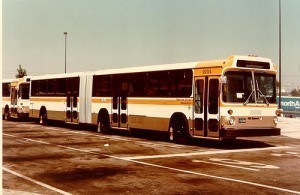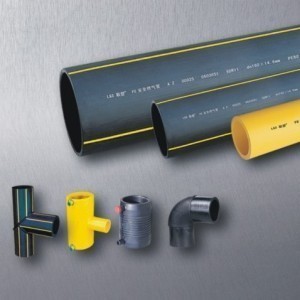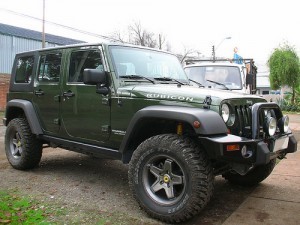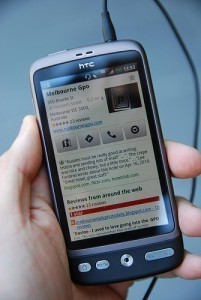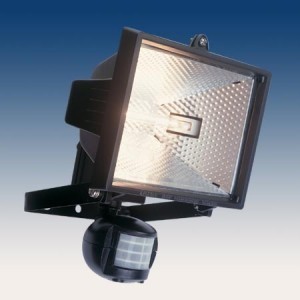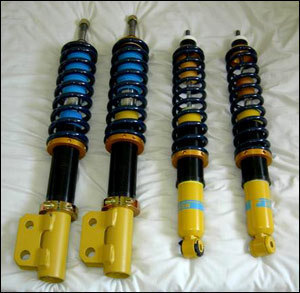Safety Belt Sizes
Also called a seat belt, a safety belt is used to s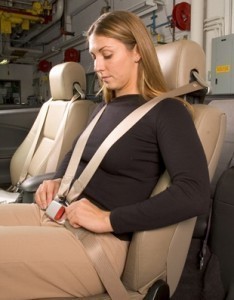 ecure the driver and the passengers in an automobile against movements that can lead to a sudden stop or collision. Seat belts are categorized into eight, which include the lap type, the sash type, the three-point belt, the belt-in-seat as well as the five point harnesses. Safety belt sizes depend on the buckle connection and type. To help you choose the size that will suit your automobile, this article offers information on the different sizes of seat belts.
ecure the driver and the passengers in an automobile against movements that can lead to a sudden stop or collision. Seat belts are categorized into eight, which include the lap type, the sash type, the three-point belt, the belt-in-seat as well as the five point harnesses. Safety belt sizes depend on the buckle connection and type. To help you choose the size that will suit your automobile, this article offers information on the different sizes of seat belts.
The Sizes of Safety Belt
What are the various safety belt sizes? If the belt is secured by fixed webbing, the length of the belt is around 22 centimeters to 32 centimeters. If it is secured by a cable or stalk, then the length of the belt is approximately 30 centimeters to 45 centimeters.
When the buckle connection used is an adjustable webbing, the estimated length of the belt is 20 centimeters to 47 centimeters. The length of the belt that is secured by a metal strap is 15 centimeters to 20 centimeters. When it comes to width, the common width of the belt is 5.08 centimeters to 7.62 centimeters. However, some types have a width of 2.54 centimeters to 3.81 centimeters.
Additional Information and Other Important Details
The lap type is commonly used in old models of automobiles. It is also installed in the middle or rear seats of new cars. The most popular type of safety belt is the three-point type. This belt was first used in Volvo cars in 1959.
The belt-in-seat type is safer than the three-point type. The belt was first used in the Mercedes-Benz SL 1990. This belt is recommended to families with children age 4 to 8.
If you want to ensure that your child is safe, then you can use the five-point harness. This type of belt is also used in racing cars. To prevent fatal accidents in car races, some manufacturers of racing cars install six-point harnesses in the automobiles. To ensure the safety of those who travel in aerobatic aircrafts, the seven-point harness is installed in the vehicles.
The use of safety belts is recommended in most countries. New models of automobiles use inflatable seat belts. The belts offer strong impact protection. Aside from the inflatable belts, some manufacturers of modern vehicles use automatic seat belts. These seat belts were fastened when the vehicle starts so passengers have nothing to worry about their safety.
